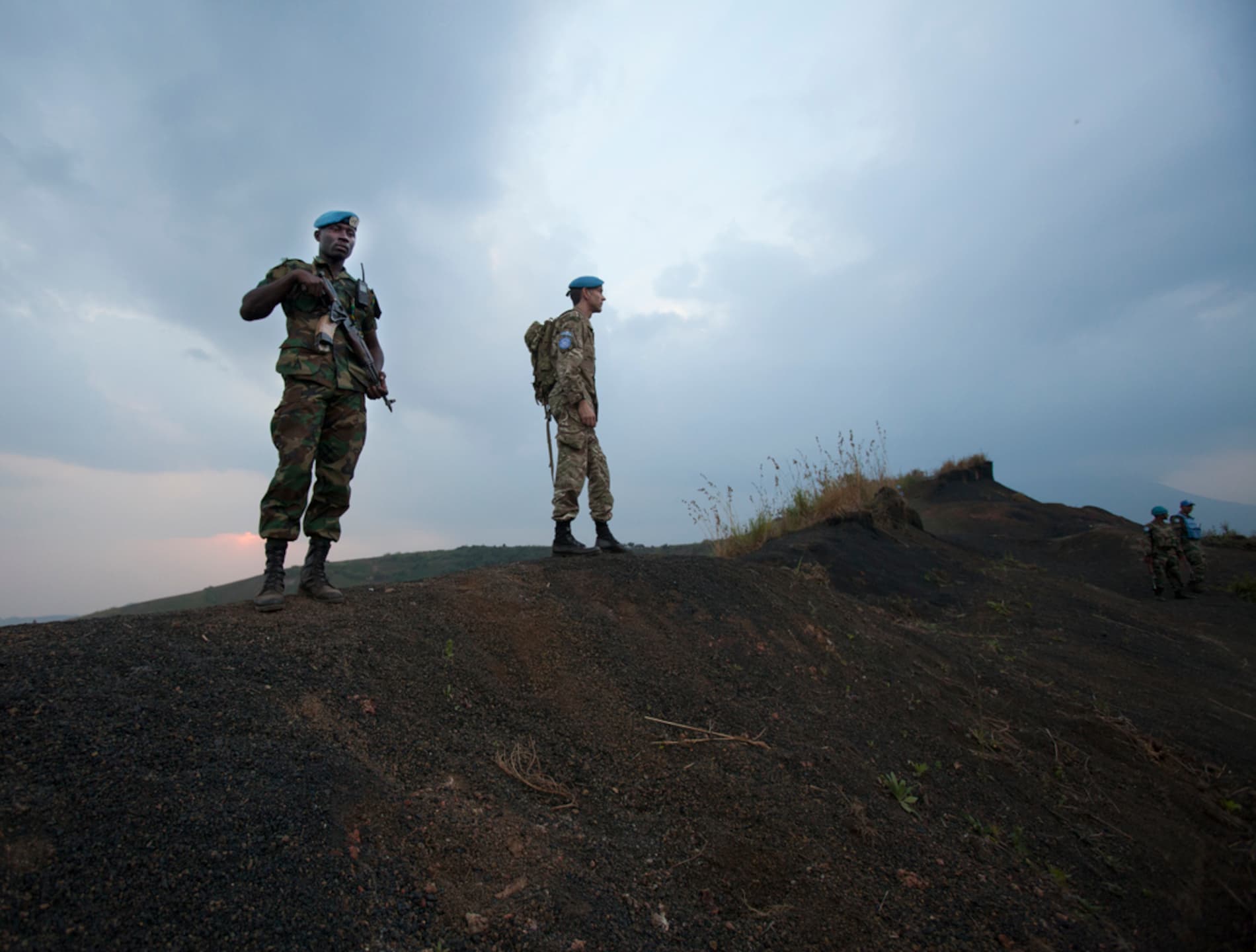
Basic principles of IHL
Concepts that are the corner stones of international humanitarian law
Rules of international humanitarian law (IHL) try to regulate conflict to minimise human suffering. IHL reflects a balance between the military necessity in a conflict and the needs for humanitarian protection.
International humanitarian law is founded upon the following principles:
- the distinction between civilians and combatants;
- the prohibition of attacks against those hors de combat;
- the prohibition on the infliction of unnecessary suffering;
- the principle of proportionality;
- the notion of necessity;
- the principle of humanity.
These basic principles are included in the specific rules and norms of IHL. They also help the interpretation of the law when the legal issues are unclear or controversial. Depending on the issue, the balance between the principles and interest shifts. For example, during hostilities, military necessity may limit the notion of humanity by allowing for destruction, but in other situations such as the protection of the wounded and sick, the principle of humanity is at the heart of the legal rules.
The principle of distinction between civilians and combatants
The principle of distinction underpins many rules of IHL and holds that only fighters may be directly targeted. It is meant to protect civilians in armed conflict.
The principle of distinction is set out in Article 48 and 52 of Additional Protocol 1 to the Geneva Conventions. The Conventions define who is a combatant and a military object that can be lawfully attacked. Any direct attack against a civilian or civilian object is not only a violation of IHL but also a grave breach.
Direct attacks against civilians and/or civilian objects are categorised as war crimes. Additionally, any weapon which does not allow for a distinction between civilians/civilian objects and fighters/military objects is also prohibited under IHL. The principle is also a rule of customary international law and therefore binding on all states.
The prohibition of attacks against those hors de combat
The prohibition to attack any person hors de combat (those who are sick and wounded, prisoners of war) is a fundamental rule of IHL. For example, while soldiers could be targeted lawfully under normal circumstances, it is prohibited to target them if they surrender or are wounded and no longer pose a threat. Additionally, they may be entitled to more protection if they meet the criteria of a prisoner of war.
The prohibition on the infliction of unnecessary suffering
IHL permits violence, but it prohibits the infliction of unnecessary suffering and superfluous injury. The exact meaning of the terms, however, is unclear and the protection may as such be limited. One rule that has been established based on this principle is the prohibition on the use of blinding laser weapons.
The principle of proportionality
The principle of proportionality limits potential harm to civilians: the principle demands that the least amount of harm is caused to civilians, and when harm cannot be avoided, it needs to be proportional to the military advantage.
The proportionality principle is most prevalent in Article 51(5)(b) of Additional Protocol I concerning the conduct of hostilities. This article prohibits attacks when the civilian harm would be excessive in relation to the military advantage sought. This is an area of hostilities where we often hear the term ‘collateral damage’.
The principle cannot be applied to override specific protections, or create exceptions to rules where the text itself does not provide for one. As with the principle of necessity, the principle of proportionality itself is to be found within the rules of IHL themselves. For example, direct attacks against civilians are prohibited. A proportionality assessment is therefore not necessary since any direct attack against even a single civilian would already be a clear violation of IHL. Proportionality is only relevant when a military target is attacked.
The notion of necessity
A dominant notion within the framework of IHL is military necessity, often the principle which clashes most with humanitarian protection. Military necessity permits armed forces to engage in conduct even when such action will result in destruction and harm. The concept of military necessity acknowledges that under the laws of war, winning the war or battle is a legitimate consideration.
However, the concept of military necessity does not give the armed forces the freedom to ignore humanitarian considerations altogether and do what they want. The principle must be interpreted in the context of specific prohibitions and in accordance with the other principles of IHL.
It is important to note that the rules of IHL include the principle. For example, Article 52 of Addition Protocol I lists objects that can be lawfully targeted. However, the notion cannot be applied to override specific protections or create exceptions to rules where the text itself does not provide for one.
The principle of humanity
The principle of humanity, and its absence during the battle of Solferino of 1859, was the central notion that inspired the founder of the International Committee of the Red Cross (ICRC), Henry Dunant. The principle stipulates that all humans have the capacity and ability to show respect and care for all, even their enemies.
IHL, the principles of which can be found in all major religions and cultures, sets out only basic protections, but demonstrates some common sense of and respect for humanity even during armed conflict.
Modern IHL accepts that harm, destruction, and death can be lawful during armed conflict. The law seeks to limit harm, and the principle of humanity is very much at the heart of this ambition. Many rules of IHL are inspired by this notion, specifically those setting out protections for the wounded and sick.



